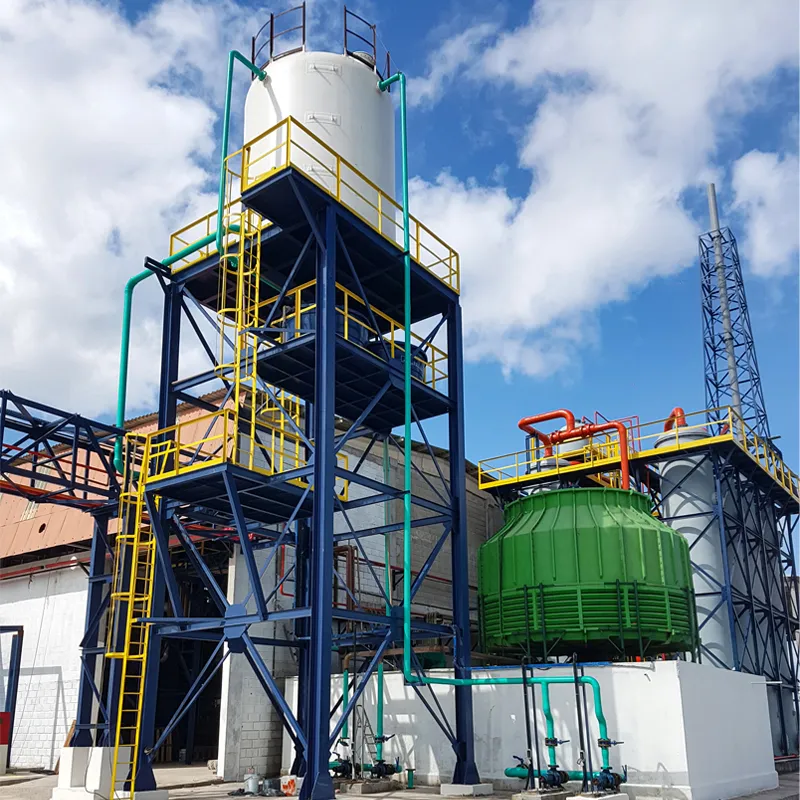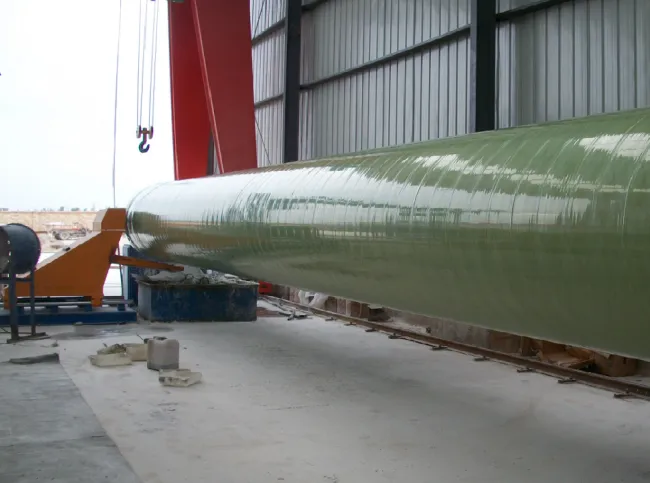Pultrusion Machines for Sale High-Efficiency & Cost-Effective Solutions
- Overview of pultrusion technology and machinery
- Technical specifications and operational advantages
- Comparative manufacturer analysis with performance metrics
- Investment cost breakdown and pricing factors
- Custom engineering solutions for specialized production
- Industry applications and material case studies
- Implementation strategies for pultrusion equipment acquisition

(pultrusion machine)
Understanding Pultrusion Machinery Fundamentals
Pultrusion machines transform continuous fiber reinforcements with liquid thermoset resins into constant cross-section profiles. The core process involves pulling raw materials through heating dies where polymerization and shaping occur simultaneously. Production speed ranges from 0.5 to 3 meters per minute, depending on profile thickness and complexity. Modern systems integrate precision servomotors controlling pulling forces between 15,000-50,000 Newtons to maintain structural integrity during curing. Over 75% of today's industrial composite profiles originate from pultrusion processes, with annual global production exceeding 700,000 metric tons across sectors like construction and aerospace.
Technical Advantages of Modern Pultrusion Systems
Contemporary machines offer distinct productivity enhancements compared to legacy models. Operators achieve fiber impregnation rates above 95% through innovative resin injection chambers with viscosity control (±5 cP). Dual-track gantry systems reduce changeover time by 40%, handling complex profiles like hollow-core structures up to 800mm wide. Temperature regulation modules maintain die zones within ±1.5°C tolerance, ensuring consistent curing while reducing energy consumption 15-22%. These systems produce profiles with mechanical strength variance under 3% across continuous 24-hour operations. Critical parameters like profile alignment stay within ±0.3mm positional accuracy throughout the pulling sequence.
Leading Pultrusion Machine Manufacturers: Comparative Analysis
| Manufacturer | Max Pull Force | Production Rate (m/h) | Max Profile Width | Warranty Period |
|---|---|---|---|---|
| Pultrex Ltd | 220 kN | 160 | 1200 mm | 36 months |
| Pultrusion Technology Inc | 180 kN | 145 | 900 mm | 24 months |
| Composite Machinery | 150 kN | 125 | 750 mm | 18 months |
| EuroPult Srl | 250 kN | 175 | 1500 mm | 48 months |
EuroPult leads in durability metrics with over 85,000 operating hours before scheduled maintenance versus the industry average of 60,000 hours. Meanwhile, Pultrex maintains higher North American market share (33%) due to extensive service networks. When evaluating systems, production consistency variance below 5% distinguishes premium models from economy alternatives.
Pultrusion Machine Cost Structure and Investment Insights
Complete production lines range from €250,000 for basic systems to €1.8 million for integrated smart factories. Equipment accounts for 65-75% of initial expenditure with auxiliary components contributing 25% (resin baths, preformers, cut-off saws). Operators report ROI periods between 18-32 months for mid-range machinery based on utilization patterns. Secondary factors like energy requirements add €12-25 per operating hour at industrial electricity rates. Annual maintenance contracts represent 4-8% of initial pultrusion machine
price points.
Customized Pultrusion Solutions for Specialized Applications
Manufacturers develop tailored systems to process niche composites like thermoplastics and bio-resins. Specialized fiber guides handle hybrid reinforcements combining carbon and basalt threads without nesting issues. High-temperature dies maintain 380°C environments for PEEK matrix composites needing 50% higher thermal thresholds. In a recent project for the marine industry, our engineers implemented salt-spray resistant pullers with titanium components to produce ship masts with 25-year corrosion warranties.
Industry Applications and Case Studies
Wind turbine blade spars processed on large-scale machines demonstrate ultimate tensile strength exceeding 1,800 MPa. Bridge reinforcement rods produced via pultrusion exhibit 5x greater corrosion resistance than steel while weighing 75% less. Medical imaging equipment benefits from radio-lucent pultruded components achieving exact dimensional stability under repeated sterilization cycles.
Implementing Production-Ready Pultrusion Equipment
Commissioning requires detailed planning regarding workflow integration and material compatibility parameters. Successful operators consistently calibrate fiber tension between 4-15 Newtons per roving for optimal composite consolidation. Maintenance protocols should include weekly checks on hydraulic clamp pressure maintaining 140±5 bar for consistent gripping force. Developing staff expertise remains crucial - most manufacturers provide 120 hours of technical training covering troubleshooting for common issues like resin curing inconsistencies or profile delamination defects.

(pultrusion machine)
FAQS on pultrusion machine
Q: What factors influence the cost of a pultrusion machine?
A: The cost depends on machine size, automation level, and production capacity. Customization and advanced features like temperature control also impact pricing. Manufacturers may offer tiered pricing based on client needs.
Q: How do I choose reliable pultrusion machine manufacturers?
A: Prioritize manufacturers with proven industry experience and certifications like ISO. Check customer reviews and request case studies. Ensure they provide post-sale support and warranties.
Q: What is the average price range for a pultrusion machine?
A: Entry-level machines start around $50,000, while high-end models can exceed $500,000. Prices vary based on throughput and technology. Request quotes tailored to your production requirements.
Q: Are there maintenance costs associated with pultrusion machines?
A: Yes, regular maintenance of dies, heaters, and pulling systems is essential. Spare parts and occasional upgrades add to long-term costs. Proper upkeep minimizes downtime and extends machine life.
Q: What should I consider before buying a pultrusion machine?
A: Evaluate production volume, material types, and desired output speed. Compare technical specs from multiple manufacturers. Factor in installation, training, and energy consumption costs.






























